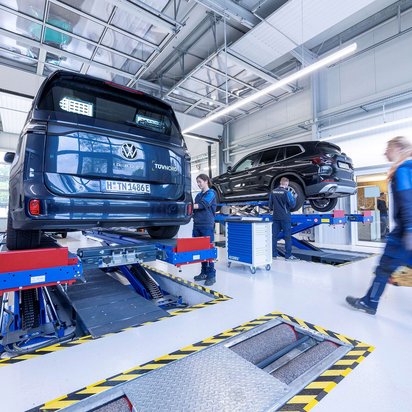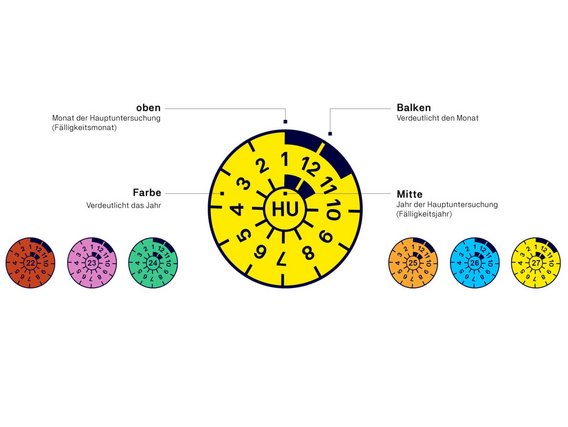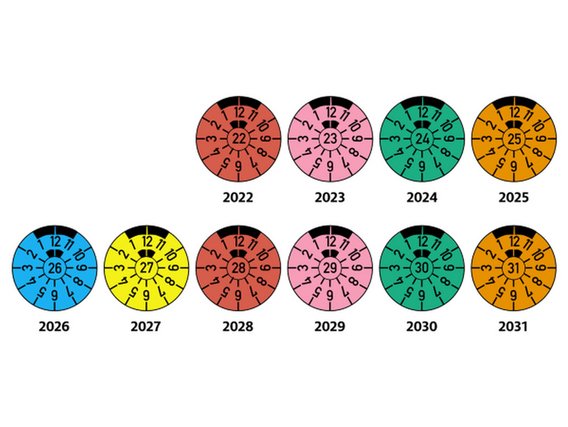PTI
Periodical Technical Inspection
With Periodical Technical Inspection (PTI), you can ensure that your car, motorcycle, or camper remains safe, compliant with regulations, and roadworthy. Whether it's the initial inspection after three years for new cars or the regular HU every two years, we provide you with clear information about deadlines, sticker colors, typical defects, necessary documents, and follow-up inspections.


